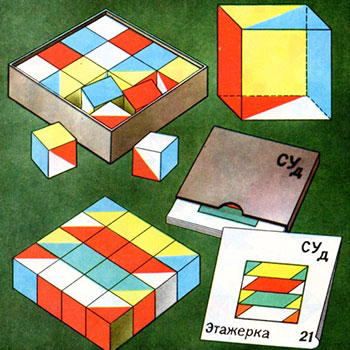The car starts from rest therefore its initial velocity is zero, i.e., #v_i=0# in case when its acceleration is #a_1=2 m/s^2#.
Let the car come to a final velocity #v_f=v#. in time #t_1#
Then we can write:
#v_f=v_i+a_1t_1#
#implies v=0+2t_1#
#implies v=2t_1#
#implies t_1=v/2.................(i)#
Now when it is again coming to rest its initial velocity is that which it attained when it started from rest i.e., #v#
Hence, when it is again coming to rest at that period #v_i=v#, #v_f=0# and #a_2=- 4 m/s^2# (NOTE: The negative sign for acceleration is taken because it is retardation). Let the time which it took for coming to rest from the velocity #v# be #t_2#.
Thus, we can write:
#v_f=v_i+a_2t_2#
#implies 0=v-4t_2#
#implies v=4t_2#
#implies t_2=v/4...............(ii)#
Adding equations #(i)# and #(ii)#, we get.
#t_1+t_2=v/2+v/4#
#t_1 +t_2# represents the total time for this trip i.e., starting from rest and then again coming to rest.
And it is given that the total time of trip is #3# seconds.
#implies 3=v/2+v/4#
#implies 12=2v+v#
#implies 3v=12#
#implies v=4 m/s#
Hence, the maximum velocity the car attained is #4m/s#.
Both the given options in the question are wrong.

